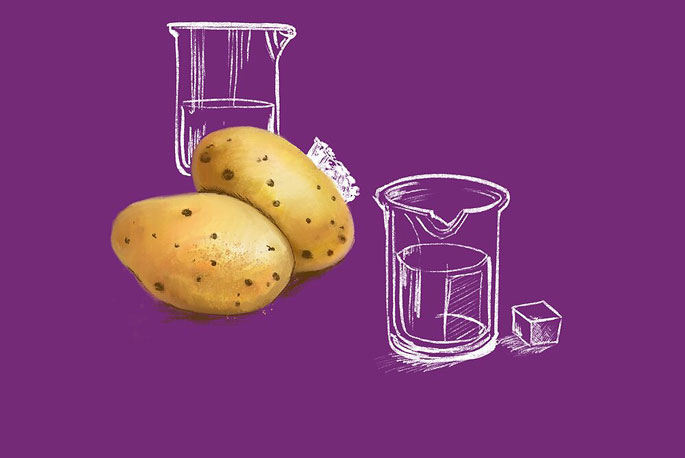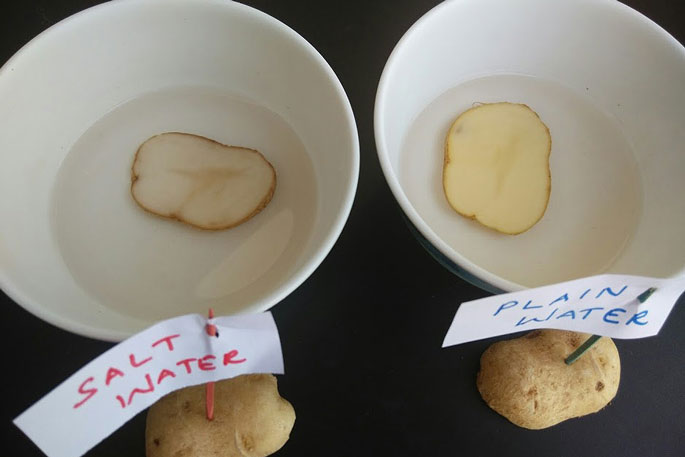 |
Science talk With Chris Duggan House of Science |
Chris Duggan is a scientist, educator, mother of two adult daughters, and farmers wife. After many years teaching secondary school Science and Chemistry, she switched her focus to primary schools by setting up a charity called House of Science in 2013. This large organisation supports thousands of teachers with science resource kits and professional development.
See what Chris has to say in her latest blog below.
Ever wondered how animals can live in the ocean which is very salty? Animals that live in salty water need to combat osmosis to stay alive: they must stop their bodies from losing water, as the water will want to go from where it is less salty (in their bodies) to where it is saltier (the ocean).
Different animals have different ways of regulating the amount of salt inside them. Most fish's gills have special cells that can help get the salt out of their bodies. Sharks and sea turtles also have a special gland that helps them get rid of the salt whereas dolphins and whales, get rid of the salt by making their urine extra salty (ewh).
This fun science experiment will give you an insight into osmosis, the movement of water from a very salty solution to a less salty solution through a cell membrane.

Equipment:
- Large Potato
- Chopping board
- Sharp knife
- Metal cookie cutter or ruler
- 2 small bowls
- Table salt
- Water
- Measuring Cup
- Tablespoon
- Blank Label
- Pen
Instructions:
- Put the potato on the chopping board and cut it into slices – about one cm thick. Please make sure you have an adult helping you with the cutting.
- Add half a cup of water to each of the two bowls.
- Add a tablespoon of table salt to one of the bowls and stir until dissolved. Label this bowl 'with salt” so you remember which is which. You will now have one bowl with salt and one without.
- Using the cookie cutter to cut two shapes from the potato slices. If you haven't got a cookie cutter, ask an adult to help you cut the squares of potato exactly 5x5 cm in size.
- Place one potato shape into each bowl and leave them for one hour.
- Take the potato shapes out of the bowls. What do you notice? Does one look and feel different to the other?
- Try to fit your shapes back into the cookie cutter. Which one fits in nicely and snug? If you cut squares, measure the slices and see if they are bigger or smaller than 5x5 cm.

The Science behind the fun:
The potato that was in the plain water has enlarged whereas the one in salty water has shrunk. This is because of a process called osmosis. The potato pieces are made of many tiny cells, which contain water and a small amount of salt. Osmosis is the process of water moving across the membranes that surround the potato's cells. Depending on how salty the water is, water will move either into or out of the cells. Water will always move from where it is less salty to where it is saltier. It does this to try and have the same amount of salt concentration inside and outside the cell.

Research idea:
Can you find a picture that shows the process of osmosis? You could copy the picture and use it to explain osmosis to someone who has never heard of the word.

